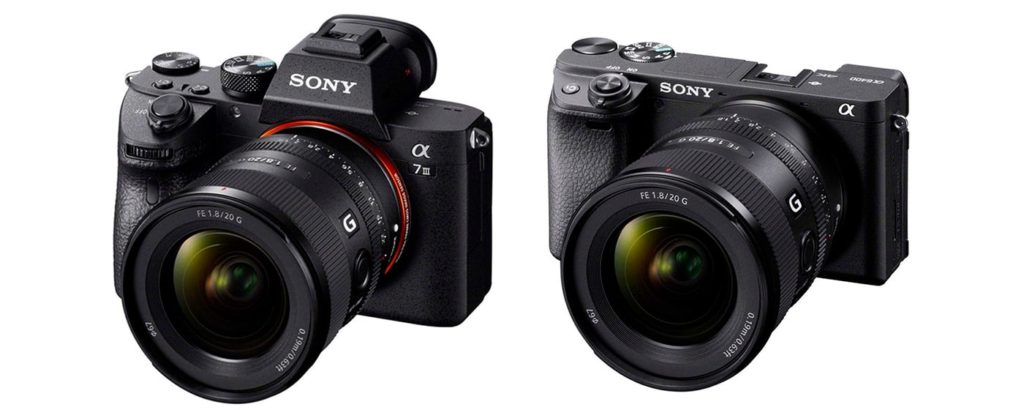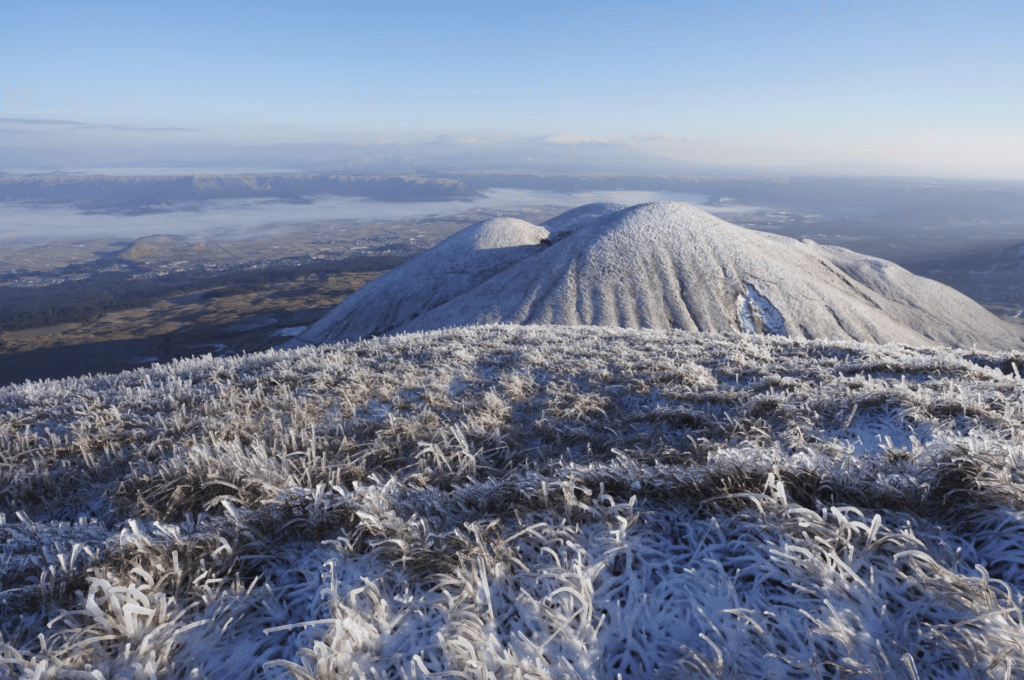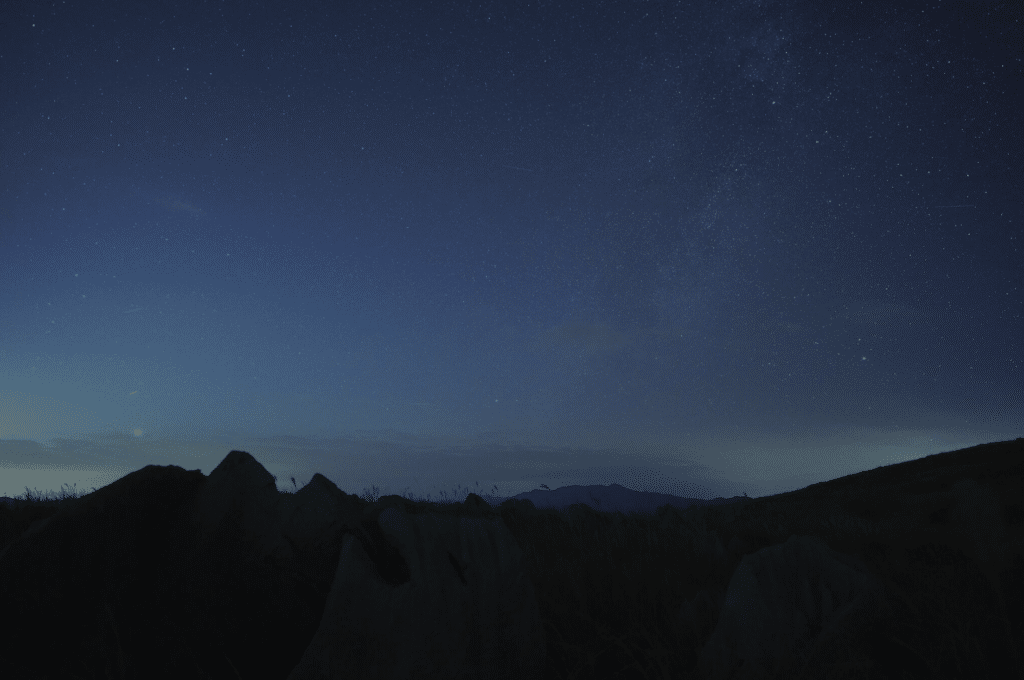On February 25th, 2020, Sony announced a near-perfect optic lens; the FE 20mm F1.8 G lens for Sony Alpha cameras has outstanding features and functionalities. The lens has three advanced Extreme Dynamic (XD) and two Aspheric elements, promising superior corner-to-corner image quality.
Sony has been paying attention to what it’s photographers want. Just when you thought you had all the lenses you need, Sony throws a curveball that will make even the most prudent photographers rush to a camera store. The FE 20mm F1.8 G lens has a strong appeal for travel, wedding, landscape, portrait, and Astro photographers.
The lens hit the stores this March 2020, and the suggested retail price is USD 899.99 (CAD 1,199.99).

Features of the FE 20mm F1.8 G Camera Lens
The ultra-wide prime lens has excellent sharpness, which makes it ideal for various scenarios, such as environmental portraits, starry-nights, street, and landscape. The flawless focus and lightweight design also make the lens ideal for vloggers and videographers.
These are some of the revolutionary features of the F1.8 G lens:
Advanced Optical Performance
This lens boasts of near-perfect optic due to the two Advanced Aspherical (AA) and three Extra-low Dispersion (ED) glass elements. This state-of-the-art design accurately reproduces point light sources without flare, which gives you crisp, clear images.
I particularly find this feature beneficial for shooting challenging subjects like starry skies and night scenes. Besides, the lens has a first Nano AR coating that suppresses ghosting and reflections. A fluorine coating has been added to the front of the lens to prevent damage from water, dust, oil, or other contaminants. This guarantees sharp and clear images.
Deep, Beautiful Bokeh
The beautiful and natural-looking bokeh of the lens’ aperture has a 9-blade circular mechanism for defocusing background quality. All photos taken with this lens have stunning subject images due to the precise control of the spherical oddness.
The F1.8 G lens delivers a deep and smooth bokeh that all avid users expect from a camera lens.
Three ED Glass Elements
The three ED glass elements reduce ghosting and flares by eliminating the differences in magnification from the picture. As a result, the bokeh and resolution are maximized so that all images will have no unnatural light at the edges.
The Max Aperture
The opening of the FE 20mm F1.8 G lens maintains the field’s depth and exposure, which enables you to isolate a subject from the surroundings. The fantastic light-gathering capabilities of the lens allow a photographer to eliminate the foreground and background, so the areas outside the focal plane will appear blurred.
The circular aperture blades in the lens enhance the ‘bokeh’ effect of the blurry background.
Extremely Dynamic (XD) Linear Motors
The F1.8 G lens delivers fast, precise, and quiet focusing because the internal mechanisms consist of two XD linear motors. This is a game-changing feature because not only does it enhance precision, it also enables the lens to be on par with today’s advanced cameras.
The two linear motors enable the lens to utilize the camera’s tracking potential, precision, and autofocus speed to capture the most vibrant subjects. When using the Sony A7RIV camera with this lens, one can quickly drive the lens’ focus smoothly with no sort of delay. This feature ensures a responsive, low-vibration, and continuous autofocus in video or still mode.
Two Advanced Aspherical (AA) Lens Element
The two AA elements precisely maximize resolution to compensate for field curvature, which can pose a problem for lenses with wide angles. As such, the lens makes it easier to achieve high resolution when shooting a vast landscape despite the narrow field depth that the lens produces when zoomed to the maximum.
Nano AR Coating
Many professional and amateur photographers struggle to get rid of ghosting and flares. These two aspects are often challenging to avoid when shooting outdoor scenes (such as mountains or beaches) in strong sunlight. The coating technology Sony implements in the device effectively restrains all internal reflections.
As a result, the contrast will be much higher, thus providing clear images, even when shooting in delicate light.
Compact & Light in Weight
The F1.8 G lens has a lightweight of only 0.82lbs, and it measures precisely 3.33 “x 2.89”; its compact, lightweight design enhances mobility in a variety of situations. This feature also ensures enhanced stability when using APS-C bodies or mounting the camera. All accessories will function correctly due to the well-balanced system.
30mm Full-Frame Format Equivalent
Sony recommends this lens for APS-C and full-frame users. The frame balances perfectly on these types of camera bodies, which provides a 30mm wide-angle focal length. This feature is useful for shooting scenery when you’re mountain climbing or hiking. The 30mm is also suitable for snapshots around the city.
Aperture Ring With Click Stops Control
The switchable control ensures a fast, hands-on experience, which is a prerequisite for photo and movie applications. The FE 20mm F1.8 G has an “on and off” switch that is fixed to the aperture ring. Click the switch on when shooting stills, but switch it off for movies.
The combination of quiet operation and XD Linear Motors on the lens provide seamless and smooth control of the aperture when filming movies. Besides, this feature comes in handy when shooting in areas where there is a dire need to minimize background noise, for example, events, concerts, and theaters.
Multi-function Focus Button
The multi-function hold button is primarily used for locking focus when you want to shoot a subject. Also, the focus button can be customized to perform numerous other functions depending on the needs of the photographer.
Other custom functions of the focus hold button include:
- Eye AF
- AF On
- Bright Monitoring
- Shot Result Preview
Manual Focus Linear Response
This feature ensures that the focus ring of the FE 20mm F1.8 G lens responds directly and linearly when a photographer is using the manual option. A change in focus is apparent when the focus ring is rotated, which translates to precise and immediate control when shooting stills or movies.
Close-up & Wide-Angle Shooting
I appreciate the unique perspective the lens offers through wide-angle and close-up shooting. What makes this possible is the combination of high close-up and wide-angle capability characteristics. The lens has a magnification capacity of 0.2x in the AF mode and 0.22x when it’s focused manually.
The result is a unique expression of the image through a gorgeous background bokeh and a dramatic perspective. This versatility makes the lens ideal for close-up subject shots that can be mounted on a frame; for example, family portraits or graduation photos. The lens is also great for selfies.
Moisture & Dust Resistant
For robust reliability, the FE 20mm F1.8 G lens is resistant to the weather elements, including dust and moisture. The lens is appropriate for accomplishing heavy-duty outdoor photography tasks. For example, you can use the lens to shoot in extreme conditions with a weather-resistant camera.
How the FE 20mm F1.8 G Functions to Give Near-Optic Images
Sony was proud to add the F1.8 G to its wide variety of natural and mirrorless full-frame lenses. The compact and versatile design of the lens makes it ideal for shooting photos and videos in a wide range of conditions.
During the launch, Sony’s deputy president in the US Neal Manowitz said: “Sony is a company driven by the needs of its customers and will continue to develop the best tools for their creative innovations. The new FE 20mm F1.8 G lens provides creators with the great opportunity of realizing their visions.”
But does the new lens from Sony deliver all this? Let’s look at the functions of the device.
Sharpness

The sharpness and contrast capabilities of the F1.8 G rival the likes of MTF20, MTF50, and MTF90. A practical experiment is essential to establish whether the lens lives up to its reputation.
For example, use the lens to take a close-up picture of a cat’s whiskers or the human hair as the subject. When you zoom in 100% at the strands of the whisker/hair, which are a meager 2 pixels wide, you’ll be surprised to discover that the image will be entirely resolved. This illustration suggests that the lens can resolve fine details when used with a higher resolution camera. Its capability surpasses those of its close competitors, such as the 60MP a 7R IV.
The absence of haziness, even at close focus distance, indicates an exceptional contrast feature. Although sharpness drops across the frame, the edge sharpens up swiftly when slightly stooped.
According to Sony, this lens has already been tested for coma, and they guarantee that it can be well controlled. There is no (or minimal) saggital flare when shooting stars at night. These results are achievable even when using a high-resolution 60MP sensor. The stars will exhibit less distortion as the earth rotates on its axis. A few professionals, such as Colby Brown and Nate Luebbe, have the results of the starry skies shot using this lens.
Say Goodbye to Chromatic Aberrations
One of the most significant drawbacks of fast prime lenses is an effect known as longitudinal (axial) chromatic aberration (LoCA). In other words, it’s the unpleasant effect that appears as green and purple fringing, especially around the focal plane.
It’s quite challenging to get rid of the aberration, and the task takes professional photographers hours to clone it out manually. This problem is common with fast wide-angle lenses. Surprisingly, even the remarkable 24mm F1.4 GM lens from Sony suffers some form of LoCA.
But the FE 20mm F1.8 G is on another level; it has no detectable fringing or LoCA. Back to the previous example – when zooming the image of human hair or cat’s whiskers at 100%, the hairs in the front usually have green fringing while backlit hairs appear magenta. However, this is not the case with the FE 20mm F1.8 G lens, as it ensures there is no color fringing around the edges of the image. There is no detectable LoCA, even at full resolution.
Furthermore, there is no need to worry about the lateral chromatic aberration (LaCA) as a processing software can quickly fix it during post-production. Still, the lens does not leave much of it, and the raw converters automatically correct this before the final output.
Distortion & Vignetting
Image distortion should not pose any real challenge when using this lens; it can easily be corrected by enabling the distorting correction feature in the camera settings. The distortion often impacts a large portion of the picture frame, but the correction process is subtle.
On the other hand, there may be a visible darkening of the frame corners due to the vignetting effect. However, the magnitude of the damage is relatively modest as it can be corrected easily in built-in camera JPEGs functions. Vignetting can also be eliminated during post-production.
What’s My Verdict for This Lens?
The FE 20mm F1.8 G lens is an excellent addition to Sony’s FE family, and it will appeal to both amateur and professional photographers, from travel bloggers to wedding snappers. Pricewise, the lens costs about USD 899.99, which is $150 costlier than the FE 35mm F1.8 G, but $500 cheaper than the FE 24mm F1.4 G.
This is a camera lens that I would recommend due to the following features and benefits:
- It’s lightweight and compact
- Three-aperture control feature for crisp, clear images every time
- Excellent sharpness
- Affordable price
- Faster than other lenses in the FE family
I know how difficult it is to produce primes with fast aperture wide angles without the common optical shortcomings, including chromatic aberration, vignetting, and distortion. However, the F1.8 G lens exhibits superior performance at extreme sharpness and contrast, even when shooting close-ups. Those attributes are enough to make the lens desirable, but the lack of chromatic aberration and excellent coma performance make it exceptional.
A final word: Both photographers and videographers will appreciate the FE 20mm F1.8 G lens. Sony surpassed expectations with the linear response of the lens’ focus ring and the de-clickable aperture ring. While vignetting may occur, the general performance of this lens exceeds the level of most other wide-angle primes. But if you sum up all the optical benefits and consider the fast autofocus speeds, this lens is arguably one of the best in the G series.







